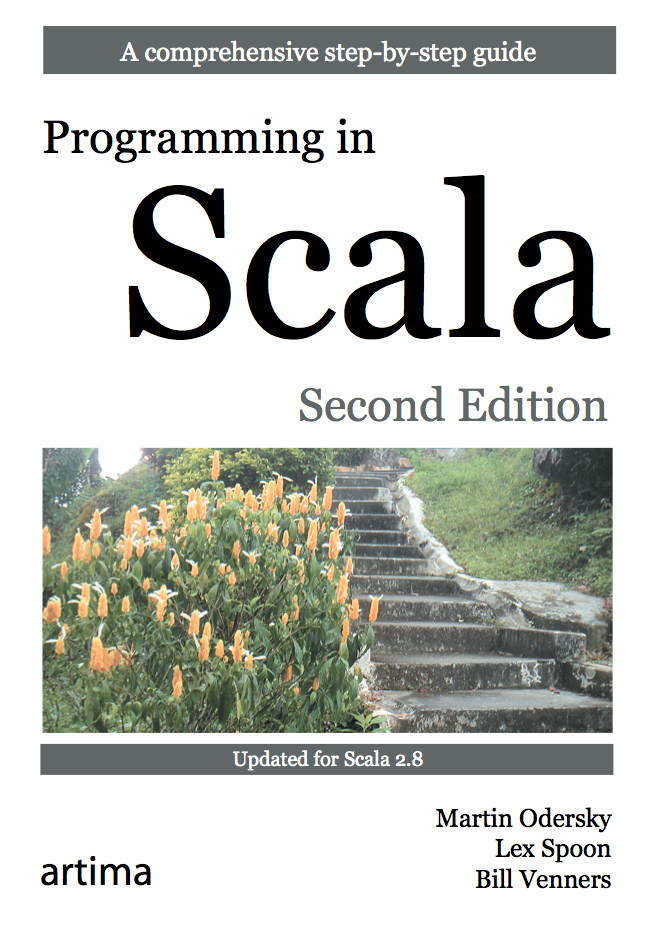A while back, I’ve been kind of stuck in the .NET world for very long time and C# became my soul language. I was always wondering about outside of .NET world and I got great opportunity to work with totally a different paradigm of language.
So, I started to learn Scala to start the development on a new project. Scala seems to be a very interesting programming language. The name “Scala” it self covers everything; it’s stands for “scalable language”. This language can be applied to wide range of task, from small application to building very large systems.
Scala is a statically typed and object-oriented language that was conceived in 2001 by Martin Odersky who has also written the Java reference compiler and co-authored Java generics.
Scala runs on java platform, hence it interoperates seamlessly with all the java libraries ☺. It really can be a great scripting language to pull out all the java components from existing libraries. So it will increase a great strength even more for building large systems and frameworks of reusable components.
When application becomes bigger and bigger, we always need to think of load balancing. So the end solution should be highly concurrent, distributed application. Hence, Akka.io helps to Build powerful concurrent & distributed applications using scala language. I will talk about Akka.io in a different blog series in near future ☺.
Learning Guide

When it come to learning technologies I always starts with good book and in half way through, I will start to meddle and try out with sample codes. I totally loved on Programming in Scala by Martin Odersky, Lex Spoon and Bill Venners.
To speed up the learning process I recommend a great video - Introduction to Scala Programming. Since Scala is new to the programming world I thought of starting a post series for Scala programming. To make the content more clear, I will be straightforward and elaborate on key areas of Scala. Now before we’ll do our mandatory Hello World application in my next post series let’s install the tools and all the need components.